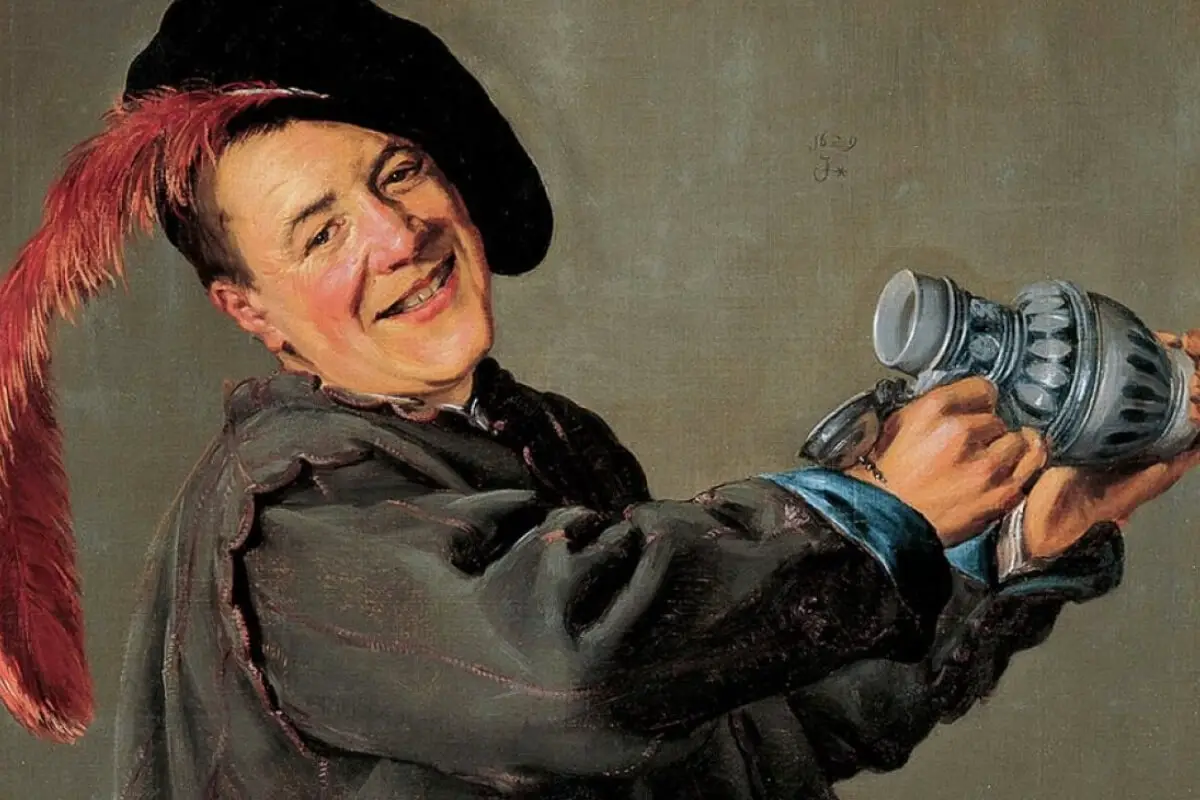Throughout history, the art domain has been a platform where visionary women have bravely expressed their perspectives, challenged societal norms, and pushed the boundaries of creative expression. The remarkable stories of these artists are not just about their outstanding artistic contributions but also their persistent fight against discrimination and underrecognition.
By exploring the origins, contributions, obstacles, and notable works of these trailblazing women artists, we better understand their significant roles in shaping the continuum of art history. Equally vital is to address the contemporary state of women artists, their achievements, and areas that still require growth and equality.
Table of Contents
- Origins and Contributions of Famous Women Artists
- Challenges Faced by Women Artists
- Analyzing Major Artworks of Women Artists
- Related Questions
Origins and Contributions of Famous Women Artists
Immerse within the rich tapestry of art history, and one cannot help but observe the significant roles played by women artists. Ancient and contemporary histories reveal how these creative geniuses defied societal norms, paving the way for interpretations that transcend circumstances and time.
The profound ingenuity of these women has shaped the history of art and continues to contribute to its vibrant discourse.

Back to the early beginnings of art history, one would encounter the meticulous work of Hildegard of Bingen. An artist, composer, philosopher, and mystic of the 12th century, Hildegard’s illuminations and texts shared mystical visions and theological insights, establishing her as a pioneer in creative expression.
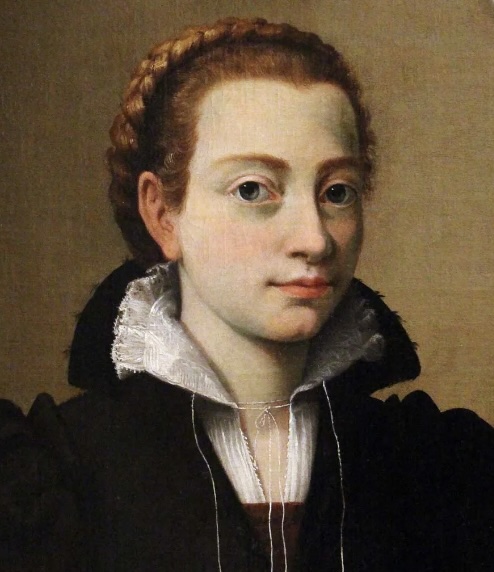
Fast forward to the Renaissance, when Sofonisba Anguissola broke glass ceilings as one of the few women artists to gain international renown.
Trained by her father alongside her sisters, Anguissola’s portraiture resonated with an emotional depth rare in the era. For instance, her portraits of the Spanish Court exude elegance and sophistication and genuinely capture the personality of her subjects.
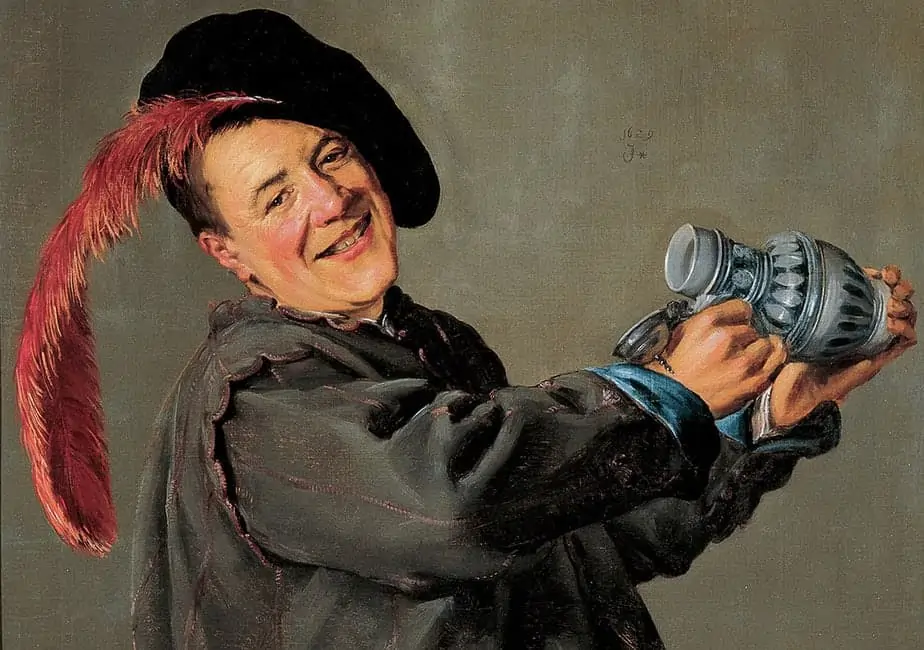
The 17th century gave rise to Judith Leyster, one of the only professional women artists during the Dutch Golden Age. Leyster’s playful genre scenes and elegant portraits earned her membership in the male-dominated Haarlem Guild of St. Luke—an unprecedented achievement.
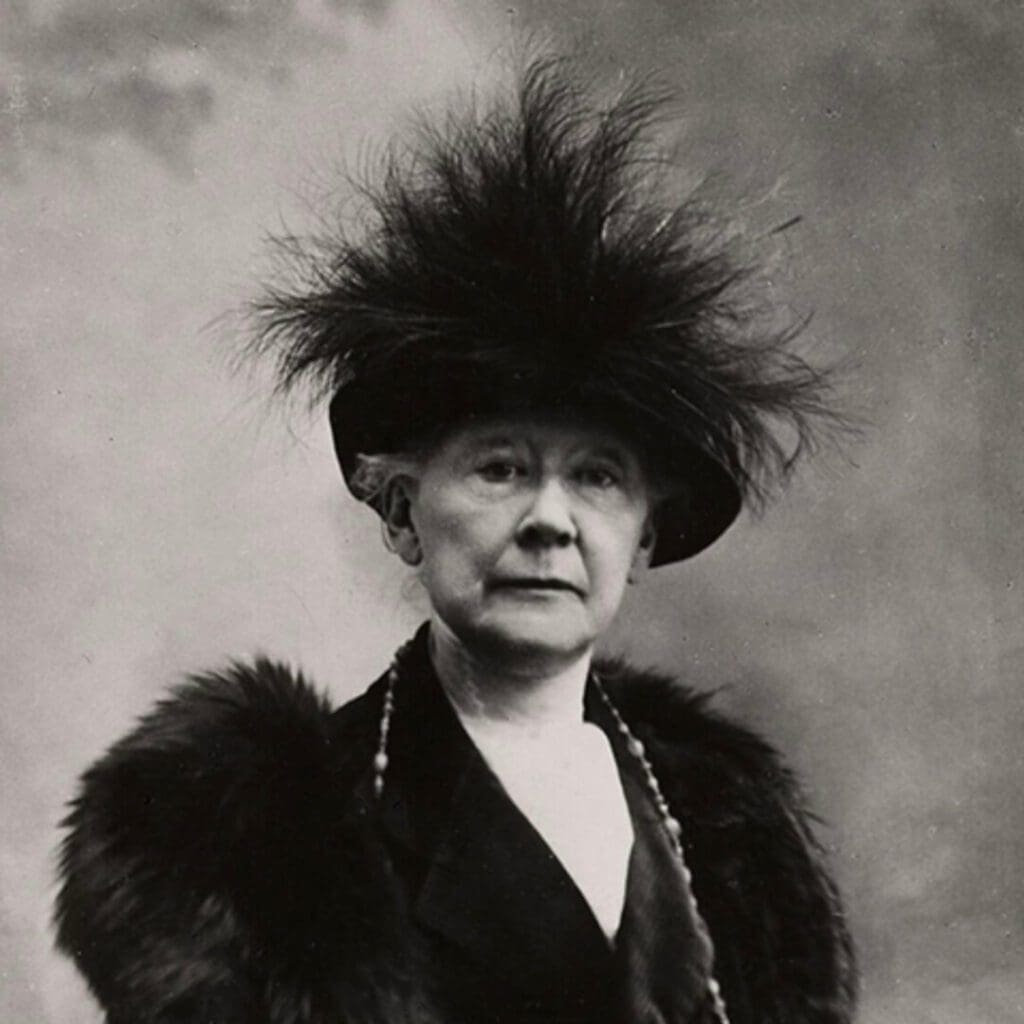
As we venture into the late 19th and early 20th centuries, consider Mary Cassatt, a notable Impressionist movement figure often revered as the ‘American in Paris.’ Her evocative works focusing on the intimate bonds between women and children challenged then-prevailing norms about the female experience.
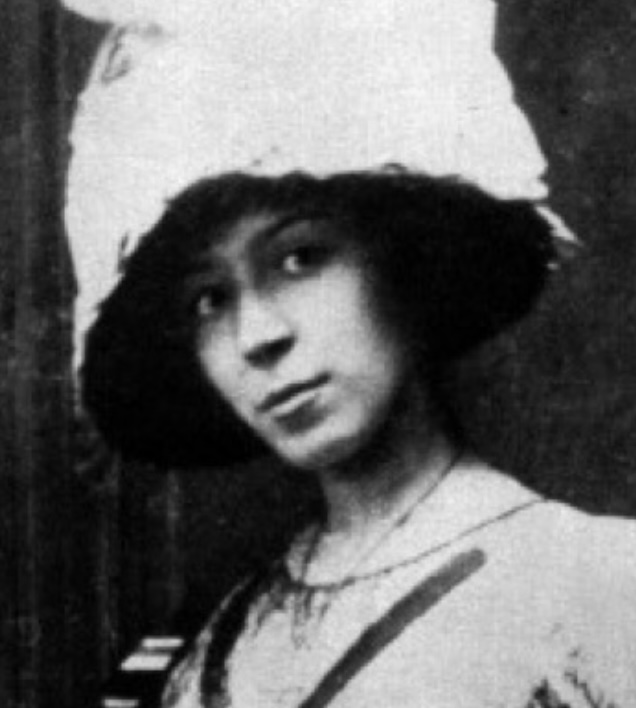
Marie Laurencin, on the other hand, was an integral part of the early 20th Century Avant-Garde movement in Paris. Her fantastical compositions and ethereal color palettes contrasted sharply with her contemporaries’ work, establishing an exclusive, feminine aesthetic in Cubism.

Fast forward to the transformative mid-20th century, Agnes Martin established her unique abstraction vocabulary with her minimalistic grids and stripes. Her meditative compositions provoke profound emotional responses, exhibiting the artistic possibilities of simplicity.
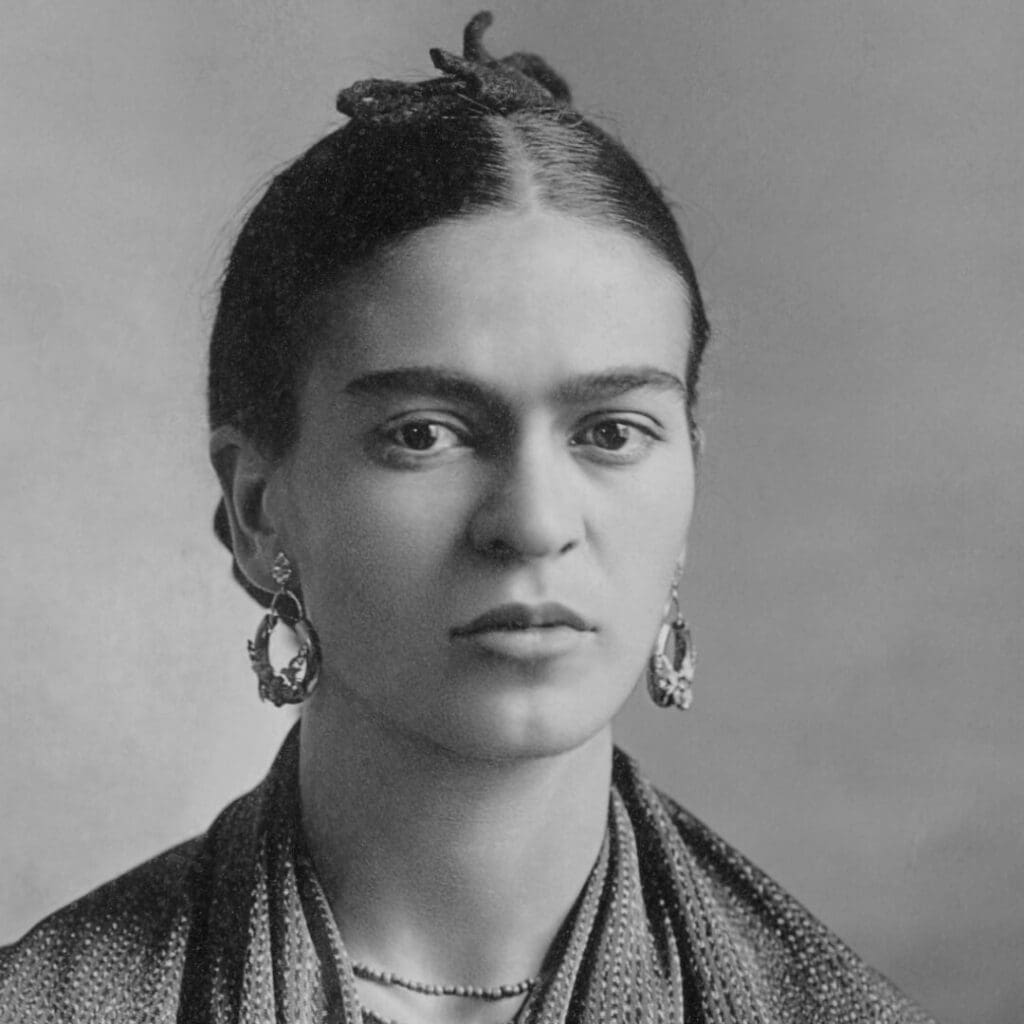
Of course, no discussion of women artists would be complete without mentioning Frida Kahlo, the Mexican surrealist artist whose self-portraits distinctly combined elements of fantasy and symbolism to communicate her struggles and experiences. These works remain essential touchstones in the discourse of identity, post-colonialism, and gender in art.
From traditional mediums to experimental forms to the relentless dismantlement of societal conventions, female artists have persevered, leaving indelible footprints in the ever-transforming landscape of art.
They championed narratives and perspectives that might otherwise have been overlooked, infusing intangible emotion and poignant social critique into their creations. Indeed, the roles women artists have played in art history are boundless and everlasting.
Challenges Faced by Women Artists
In the vibrant annals of art history, women artists have etched their names with their resilience, grit, and raw talent. However, given the societal constructs, they’ve also been subjected to numerous hurdles. Delving into this, one can discern their distinct challenges throughout different eras.
One of the pivotal difficulties women artists encountered was the lack of formal education and training. Until the late 19th century, women were predominantly excluded from drawing classes in art academies, especially those involving nude models.
These barriers curtailed their technical prowess and ability to succeed in high arts, such as history paintings, which required an intimate understanding of the human form. This academic exclusion limited their opportunities and gave their male counterparts an advantage.

A significant example is Baroque painter Artemisia Gentileschi, who received personal training only because of her artist father. Although Artemisia emerged as a successful artist, her works were often compared to her father’s or overshadowed by accusations regarding her personal life.
Society’s expectations and biases further exacerbated these challenges. Women artists were frequently marginalized in the ultra-competitive art world, where a different yardstick often judged their works — the female presence transcended the art and invariably became a subject of discussion, if not skepticism.

The cubist works of Sonia Delaunay or the abstract expressionism of Elaine de Kooning, while radical and influential, were often sidelined as a derivative of their husbands’ more recognized works.
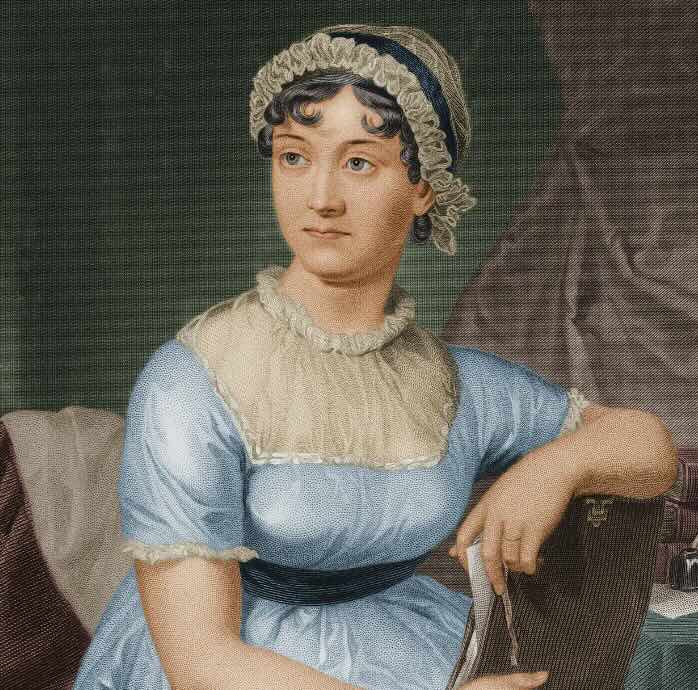
Furthermore, as observed in the trajectory of many women artists, domestic responsibilities heavily influenced their artistic output. Jane Austen, an exemplary woman writer who dabbled in watercolors, painted predominantly ‘domestic subjects,’ which mirrored the societal norms of her time. This idea of confining women artists to a sphere of ‘domestic arts’ was prevalent, often stunting their full potential.

The dichotomy women artists faced was evident in the reception of their evocative works. While widely admired, the intimate expression in Georgia O’Keeffe’s large-scale flowers also stirred sentiments that automatically labeled them ‘feminine’ and cast them under her male companion’s shadow. This unconscious bias, parallel to societal bigotry, often walled the recognition of brilliance in such works.
Women artists also faced the challenge of limited exposure and representation. From Berthe Morisot to Vanessa Bell, numerous women artists dominated various art movements, but their narratives often remained in the shadows, eclipsed by their male counterparts.
In conclusion, women artists have battled insurmountable odds to contribute vitally to the rich tapestry of art history. Although they faced barriers, their creative spirits charted unmatched artistic landscapes that resonate vibrantly through eras.
These challenges paint a resilient struggle story that makes their accomplishments more profound. The art world’s landscape continues to evolve, now striving to correct these past oversights by amplifying the stories of these extraordinary women who defied norms to leave an indelible mark on the art world.
Analyzing Major Artworks of Women Artists
Marguerite Zorach was an emblematic figure of the early Modernist movement in America. Bursting with creative energy, Zorach’s technical prowess was evident in the modernist aesthetic and folk-art elements distinctly visible in her tapestries and paintings.
Without formal education outside of her time in Paris, Zorach’s ambitious and relentlessly independent spirit allowed her to traverse the world of the arts as a spectator and a creator, thereby paving the way for other women artists.
Georgia O’Keeffe, by contrast, rose to fame within the male-dominated world of modernist painting. She embodied a unique artistic vision, insistent on forging her creative path, portraying the American landscape in radical, deeply evocative forms.

Despite the often sexualized interpretation of her flower paintings, O’Keeffe persisted in carving out her artistic niche, thus aiding in reshaping societal perspectives and advancing the feminine voice in art.
Our journey through art history would be disfigured if we did not mention the post-war era maverick Lee Krasner. Influenced deeply by domestic responsibilities, which often led to limiting her artistic output, Krasner held an equally important role in the thriving Abstract Expressionist movement as her more known spouse, Jackson Pollock. Her works, woven with autobiographical elements, fractured imagery, and gestural strokes, hold testimony to a dedicated and ever-evolving artist.
In contemporary times, Yayoi Kusama’s distinctive polka dot and pumpkin motifs capture the viewer’s imagination. Her immersive art installations and repetitive patterns become reflective of her obsession and artistic struggle with mental illness.
Kusama illustrates how succeeding as a woman artist, especially under the stronghold of societal biases, requires the courage to transgress typical artistic boundaries.
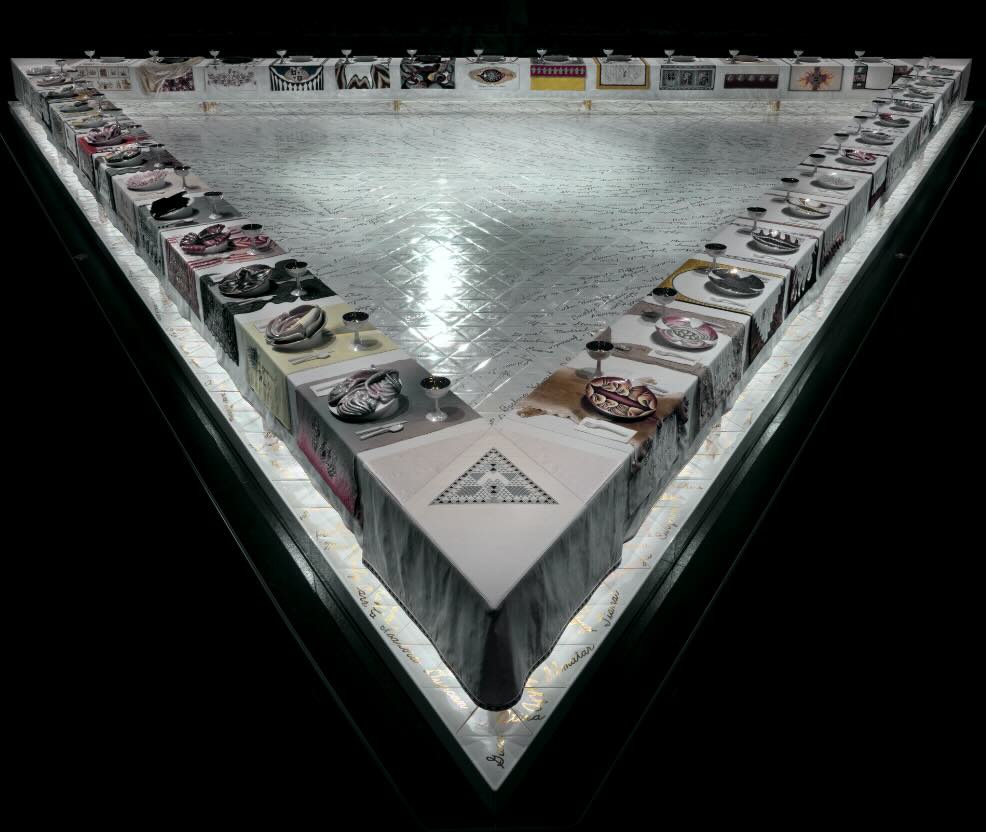
Judy Chicago, a notable feminist artist from the late 20th century, uses art to provoke dialogue and challenge societal norms. Her most prominent work, “The Dinner Party,” confronts the collective marginalization of women throughout history.
Her use of traditional craft techniques like ceramics and needlework reclaims these mediums as severe art forms, challenging the inherently gendered perception of high and low art.
Looking back, it’s transparent that the struggles faced by these women were not in vain. These artists broke through the male-dominated art world, transforming and creating new spaces.
They set outstanding examples of resilience, courage, and passion, leaving their imprint on the realm of art that will ever be felt. Their works question the narratives of art history, and their influence continues to inspire future generations of women artists.
In summary, the narrative of women’s representation in contemporary art is wrought with inequality, erasure, endurance, and revolution. From Zorach to Kusama, women artists have illustrated a spirit of resistance that impacted their artistic output and the barrier-ridden path they cleared for future generations.
It testifies to an evolving dialogue, one inclined more and more towards equality and representation, where the influential voice of women is recognized, celebrated, and experienced. Yet the dialogue continues with every stroke of the brush and every discoloration of the canvas.
The transformation is continual, as are the contributions of women to the astounding realm of Contemporary Art. But let us be reminded, at every juncture, that art ‘should comfort the disturbed and disturb the comfortable,’ as Banksy rightly pointed out, and the women artists did just that – disturb.
Anita Louise Art is dedicated to art education, great artists, and inspiring others to find and create their art. We love art that uplifts and inspires. #ArtToMakeYouSmile! #ArtToMakeYouHappy!
If you want to see any of my art, you can find out more by clicking here. You can discover more by clicking here if interested in what inspires me and my paintings.
We have a free newsletter and would love you to be part of our community; you can subscribe to the newsletter by clicking here. I would be happy to talk to you if you have any questions. You can reach me, Anita, by clicking here.
Subscribe to our Anita Louise Art YouTube Channel with great videos and information by clicking here.
Join us for our podcast “5 Minutes With Art.” Spend 5 minutes a week with us to discover and learn about great art and artists. You can find out more about our podcast by clicking here.
Related Questions
20 Of The Most Beautiful Paintings Of Women Ever Created
The portrayal of women has long been a captivating and cherished subject in the annals of art history. From the hands of renowned male painters to the brushstrokes of influential female artists, the depiction of women has yielded a rich tapestry of remarkable and celebrated works of art.
By clicking here, you can learn more by reading 20 Of The Most Beautiful Paintings Of Women Ever Created.
5 Women In Renaissance Art: Overcoming Barriers
The Renaissance period was a time of great artistic and cultural flourishing and strict gender roles and limitations for women. Despite these barriers, a few women still managed to break through and make a name for themselves in art. We will highlight five women artists from the Renaissance who overcame societal norms and gender biases to create some of the most iconic works for their time.
By clicking here, you can learn more by reading 5 Women In Renaissance Art: Overcoming Barriers.
7 Women Impressionist Artists, To Admire, Know and Remember
When we think of Impressionist artists often, we tend to forget that besides all the men artists like Vincent Van Gogh and Claude Monte, there are also some very influential women impressionist artists, many of these impressionists women artists were leading figures in the impressionist movement. Still, as a lot of their painting was more feminine in nature, they did not always receive the same fame as the male impressionist painters.
By clicking here, you can learn more by reading 7 Women Impressionist Artists, To Admire, Know and Remember.

